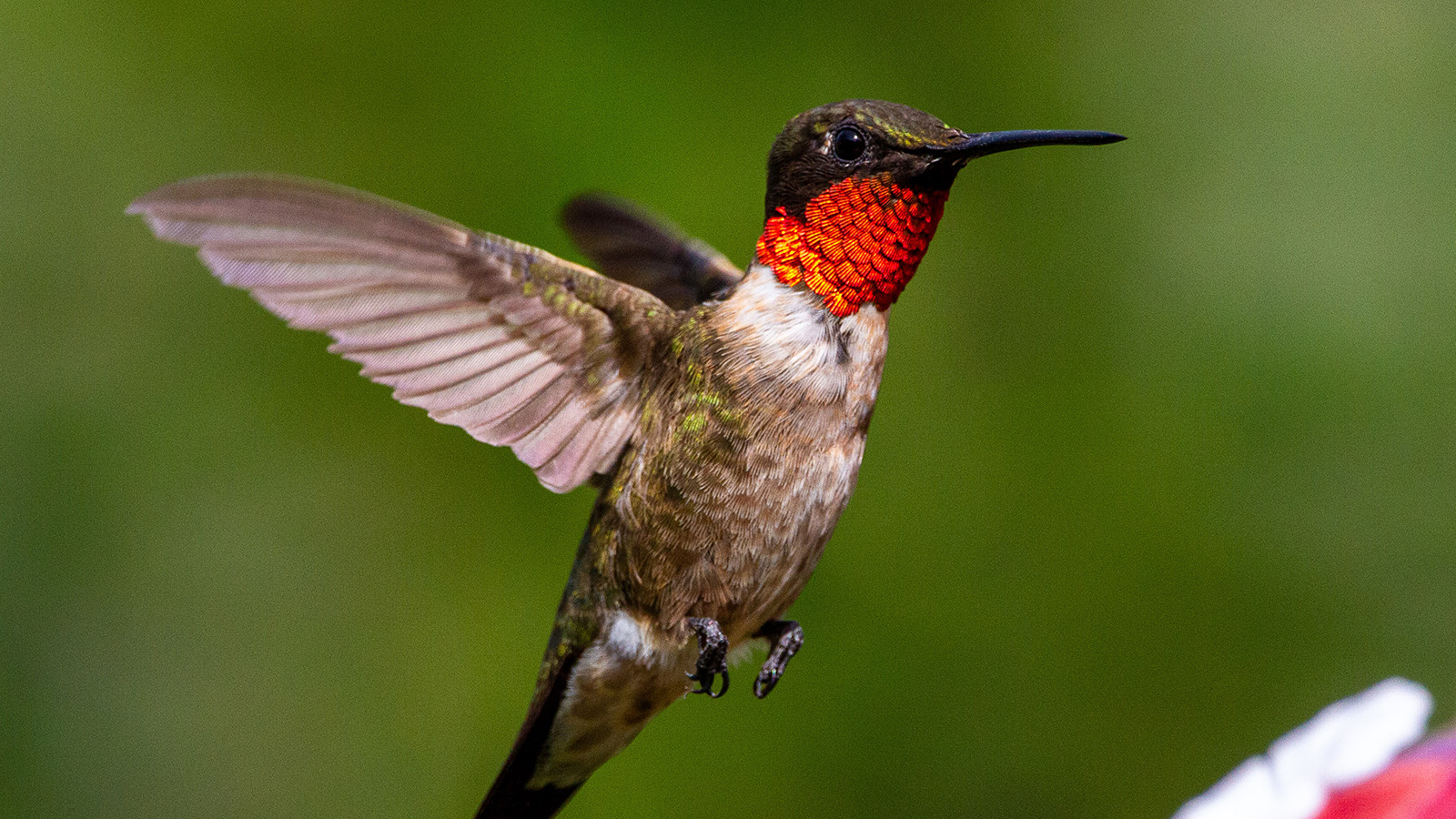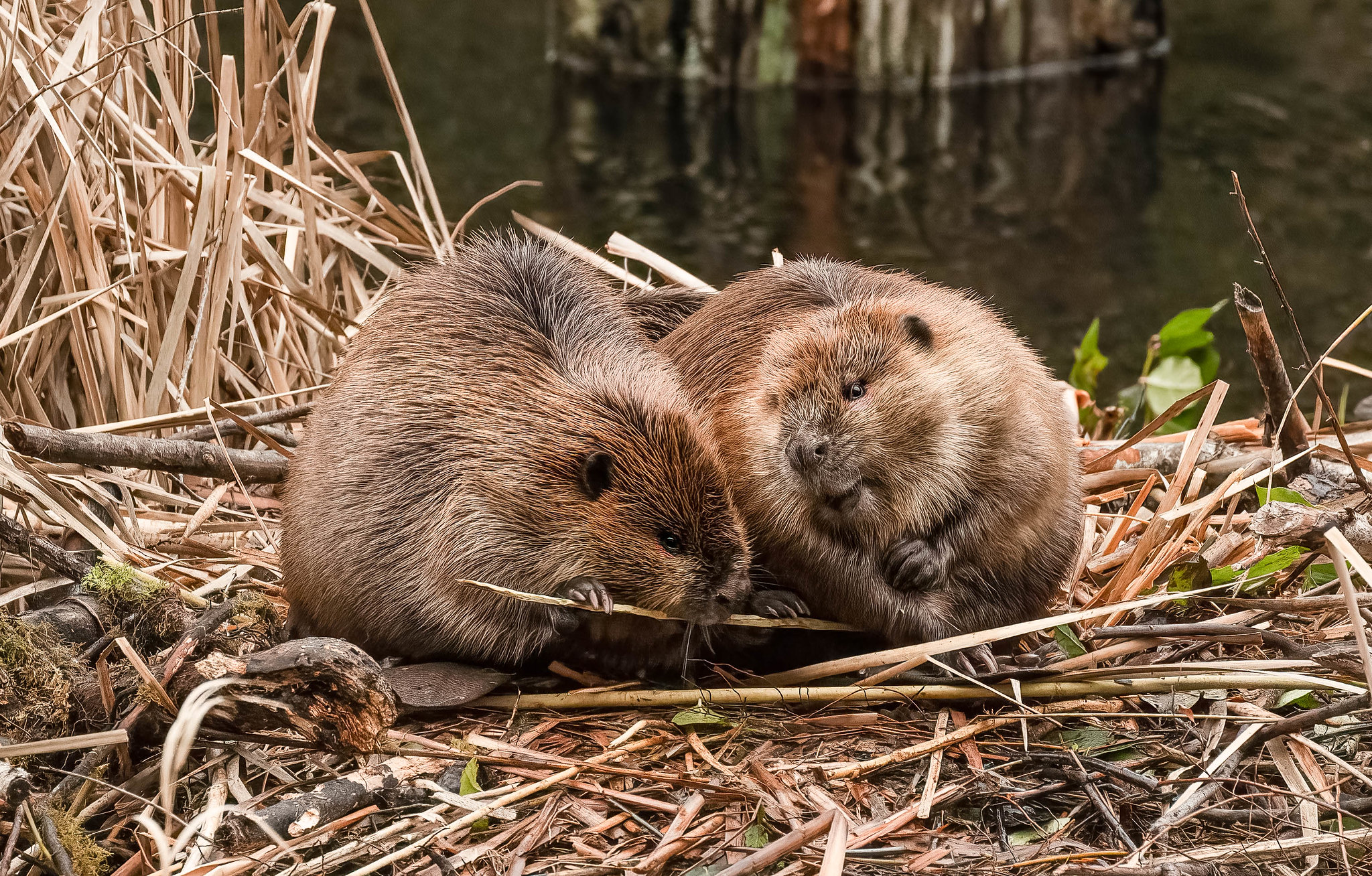
Nature’s little helpers: The semiaquatic heroes you didn’t know you needed
The unique skillset of the humble beaver could deliver major conservation returns for generations to come.
In October 2023, five Eurasian beavers were released into the waters of Paradise Fields, a 20-acre patch of wetland and woodland in the West London borough of Ealing. The arrival of these photogenic rodents – who instantly became international media celebrities – marked the first time that beavers had been seen in London’s waterways in almost half a millennium.
The media excitement surrounding the Ealing beaver project might seem rather odd to a North American onlooker. In most of Europe, wild beavers have been all but wiped out over the last 500 years or so, and in many places rendered completely extinct, but to many Americans these rodents are hardly a novelty. Although North America’s once enormous beaver populations have declined drastically since the early years of European settlement, they’re still numerous enough to be a not uncommon sight in American rivers – and the effects of their activities a source of varying degrees of annoyance to many rural communities.
Over the last few years, however, a new, more sympathetic attitude to beavers has emerged alongside the once prevalent view of these animals as pests. Following similar initiatives in Europe, where beavers have been reintroduced and/or given protected species status, several U.S. states, including Washington, Oregon and Utah, are now making concerted efforts to increase and protect their beaver populations. A growing number of conservationists and biologists are going further, calling for the extensive reintroduction of these creatures to public lands as part of large-scale rewilding initiatives.
“Ecosystem engineers”
Reintroduction of locally extinct species is a key component of many rewilding projects – the most widely-touted examples being apex predators like wolves, whose presence can help to restore balance to ecosystems degraded by the unchecked proliferation of prey species. But other creatures fulfill equally important roles in ecosystem restoration – and the beaver is one of them.
Beavers are often referred to as “ecosystem engineers” due to their remarkable ability to modify their environments, sometimes to the extent of transforming entire landscapes. Many landowners would understandably prefer their landscapes not to be transformed – but while, in some areas, beavers can certainly be a headache, in the right places they can deliver huge ecological benefits.
Through their dam-building activities, these industrious rodents are especially adept at creating wetlands, for example, which provide crucial habitats for a diverse range of wildlife, including mammals, insects, amphibians and birds, many of which rely on wetlands for their survival.
Beaver dams themselves can provide habitat for more than 2,000 species of invertebrates, many of which in turn provide sustenance for other species (research from the Pacific Northwest for example, credits beavers with helping to create conditions for thriving populations of endangered coho salmon). Even beavers’ own homes – known as lodges – can be valuable habitats for other species, providing shelter for muskrats, mink, river otters and others, as well as nesting sites for birds.
As well as enhancing and maintaining wildlife and biodiversity, the wetlands created by beaver dams help to maintain water quality in an ecosystem, mitigate flooding (a recent study from the U.K. showed that beavers reduced flood flows by up to 60%), purify water, and replenish groundwater reserves. The “beaver ponds” created by their dams are basically giant water filters, filtering out and storing nutrients, pollutants and sediment that would otherwise degrade aquatic ecosystems.
Their wetland development skills also give beavers a role in combating climate change. Rewilding in general is potentially a powerful weapon against global warming since it typically involves the greening of relatively large areas of land (as opposed to more targeted conservation strategies, which are often more tightly focused on smaller areas). Wetlands – and other rewilded landscapes, such as forests and grasslands – act as carbon sinks, absorbing and storing large amounts of carbon dioxide, and therefore hold significant possibilities for large-scale carbon sequestration.
Challenges and considerations
While the reintroduction of beavers brings numerous benefits, it also brings some fairly obvious problems. In many rural communities, beavers have long been seen more as a nuisance than an ally, not least for the damage they can do to woodland and their propensity to create beaver ponds where beaver ponds are not wanted. This means that any successful beaver reintroduction program needs to be accompanied by properly thought out management strategies and solutions to potential problems.
Recent policy changes in California, for example, seek to push landowners to implement measures to prevent beaver damage, such as installing flow devices in waterways or protective wrapping on trees, rather than applying for permits to kill the rodents. Following other western states, such as Washington, the newly-created beaver restoration program of California’s Department of Fish and Wildlife is also experimenting with pilot projects to relocate beavers from areas where they are causing trouble to places where their unique skillset can be put to use.
These programs, and others like them being tested in various places around the world, might seem like a lot of effort just for the sake of a rodent. But this is no ordinary rodent. A uniquely influential component of much larger ecological systems, these once-persecuted creatures have the potential to transform those systems in beneficial and much needed ways. Maximizing the benefit they provide is a complex task – but it’s one that could well deliver major returns for generations to come.
Topics
Authors
James Horrox
Policy Analyst, Frontier Group
James Horrox is a policy analyst at Frontier Group, based in Los Angeles. He holds a BA and PhD in politics and has taught at Manchester University, the University of Salford and the Open University in his native UK. He has worked as a freelance academic editor for more than a decade, and before joining Frontier Group in 2019 he spent two years as a prospect researcher in the Public Interest Network's LA office. His writing has been published in various media outlets, books, journals and reference works.
Find Out More

Rewilding: The promise of a hands off approach to conservation

A look back at what our unique network accomplished in 2023

Marine protected areas are the best hope for the ocean – but only if the protections are real


